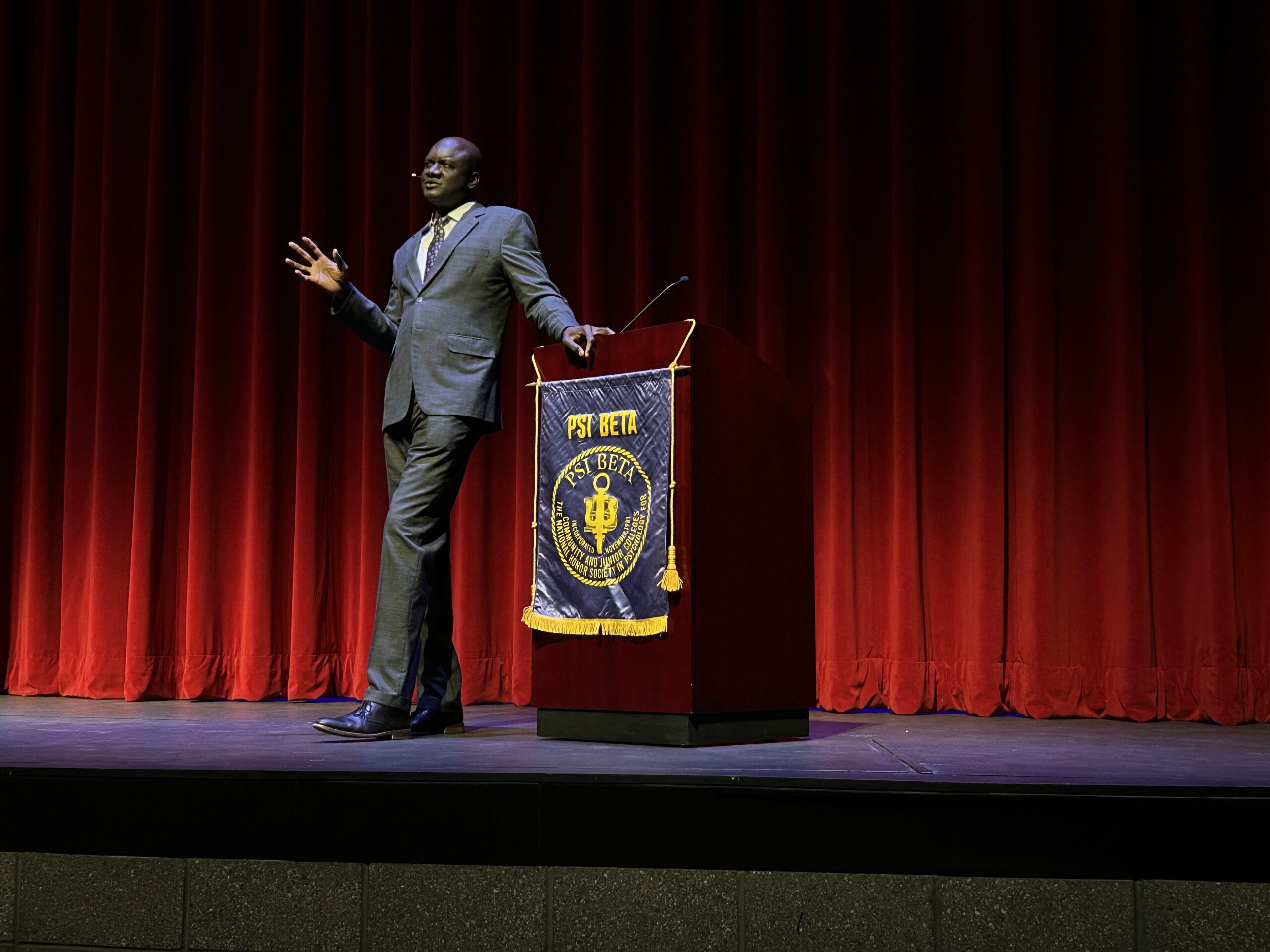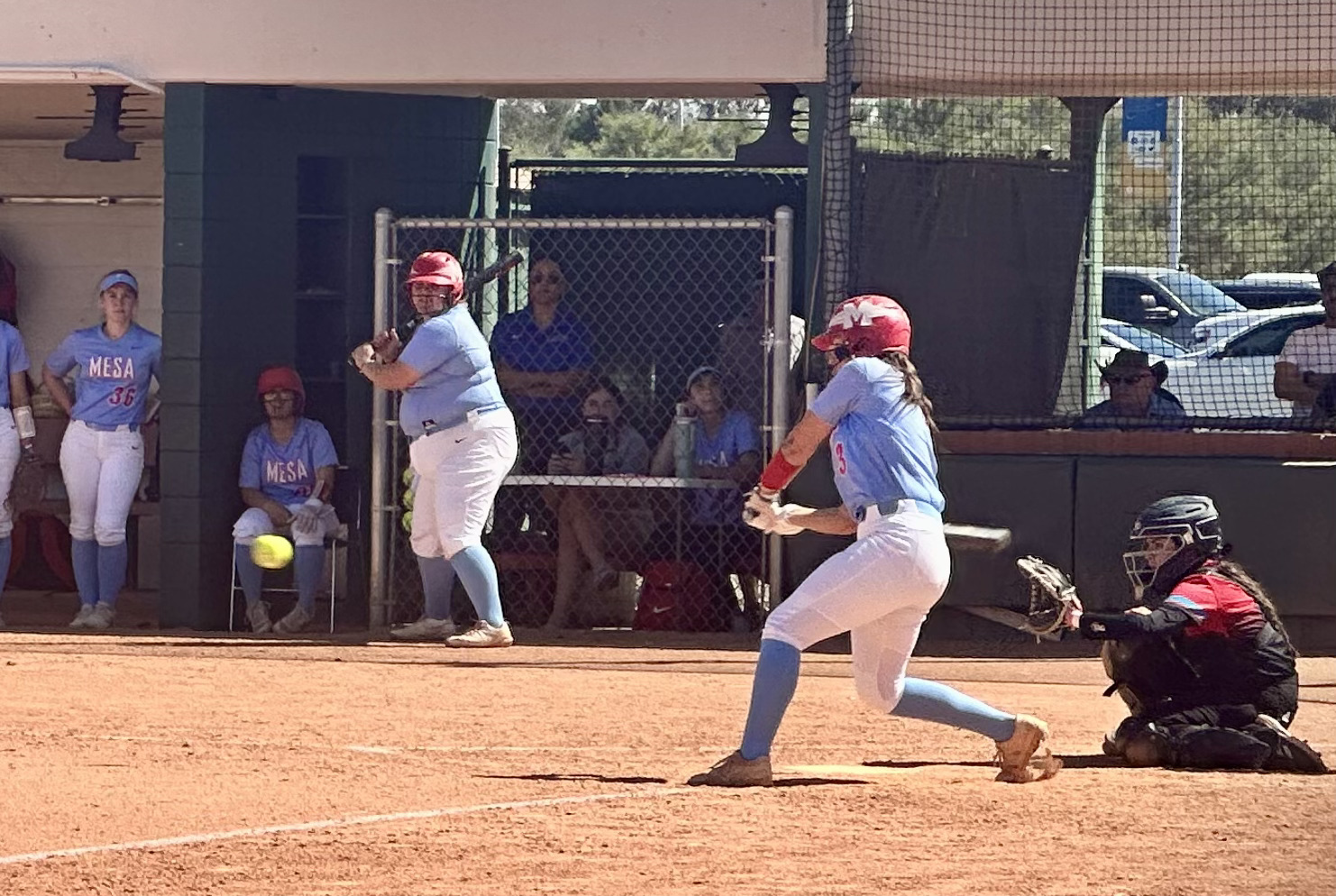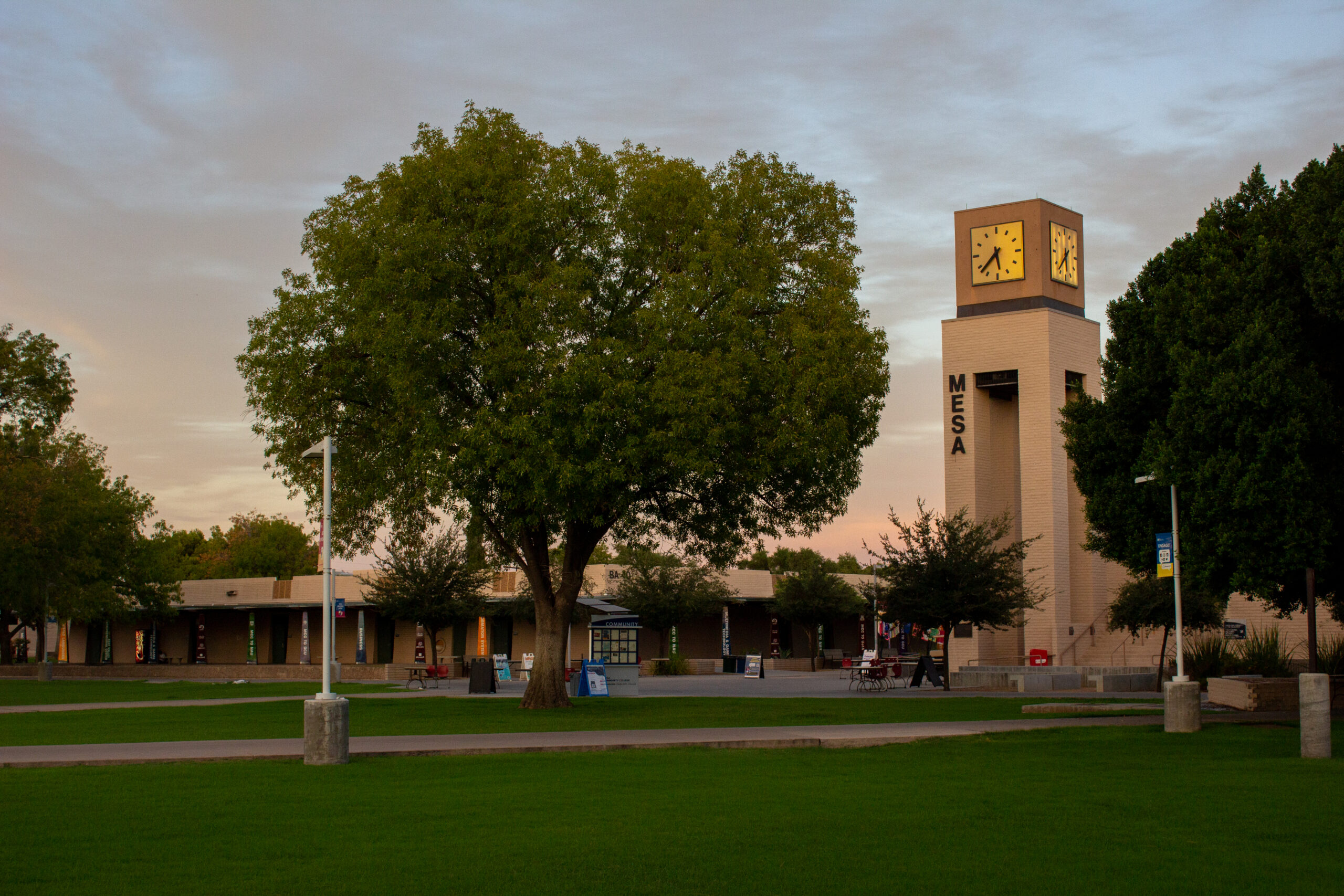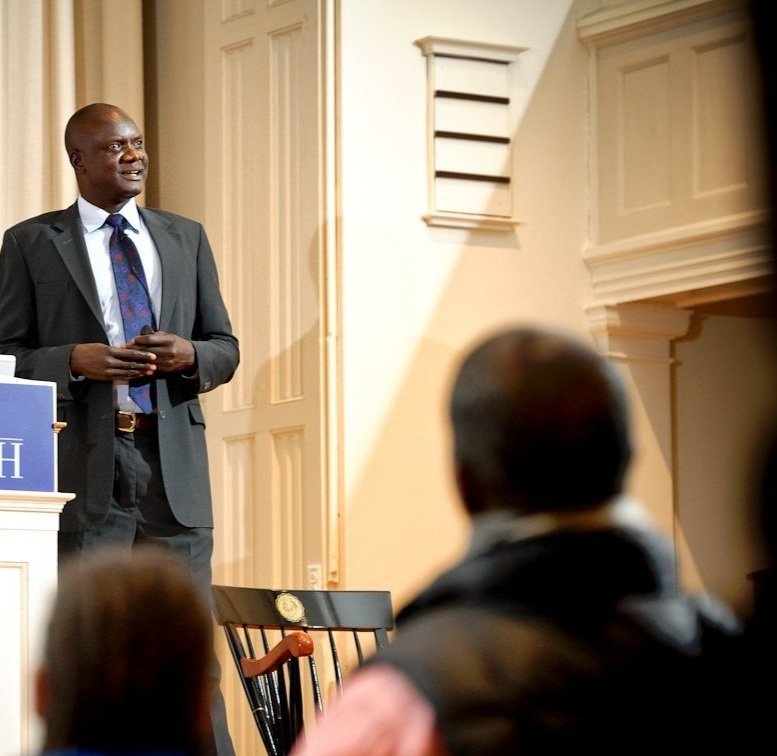Domestic Violence still prevalent
Jessica Unterreiner
One in four women in the United States reports experiencing violence by a current or former spouse or boyfriend at some point in her life, according to Futures without Violence statistics on domestic, dating, and sexual violence.
What is domestic violence?
The National Coalition against Domestic Violence defines domestic violence as, “the willful intimidation, physical assault, battery, sexual assault, and/or other abusive behavior perpetrated by an intimate partner against another.”
Other forms of abuse include emotional abuse; using fear or intimidation to control a victims’ behavior, and financial abuse; when an abuser controls the victim through economic means.
Abusers can use different tactics depending on circumstances, said Leah Heathcoat, a survivor and advocate against domestic violence.
What are the issues?
Although advocates against domestic violence and those involved in women studies are hopeful and say awareness around the issue has improved, they admit there is still a lot of work to be done.
“I always think we are better than we were, but I still believe that patriarchy is alive and well, and I still believe that a lot of women think being passive is the way,” said Heathcoat.
Society is too accepting of abuse, said Paula Waybright, professor of women and gender studies at MCC.
Even the law may be too gentle on abusers.
According to the National Coalition against Domestic Violence, in a 2007 survey of Arizona’s justice system in relation to domestic violence cases, criminal justice officials agreed that offender accountability needs improvement.
What is the media’s role?
“I think that there are a lot of messages in our culture that teach both men and women that it’s OK to accept it (domestic violence)” said Waybright.
Abusers need to become social outcasts Waybright said.
“In public opinion and the media, we need to keep making it wildly unpopular to commit acts of domestic violence,” said Heathcoat.
What has been done?
According to Waybright, men getting involved in the movement against domestic violence has been a huge help.
Also, the fact that gender roles are becoming more neutral is a step in the right direction.
Increased dialogue between police, advocates, nurses, and others involved in the movement has also had a positive impact.
“They have a domestic violence victims unit now in almost all the police stations” said Gwyn Passey, survivor and advocate of domestic violence, “I think it’s one of the best things they could have created because they have advocates and police officers that only work on domestic violence situations.”
What needs to be done?
In addition to harsher consequences, education and awareness around the issue needs improvement, especially when it comes to the prevention of domestic violence.
Although most people are aware of physical abuse, many are unaware of the existence of emotional abuse, abuse in the form of isolation, and financial abuse.
“Growing up I had not a clue what domestic violence or emotional abuse was… I thought it was normal the way people talked to be and treated me,” said Passey.
Young men and women need to be educated about healthy relationships Heathcoat said.
What should you do if you are struggling with abuse?
To those currently struggling with abuse, Heathcoat, Passey, and Waybright had the same advice; talk to someone, a friend, a family member, a teacher, anyone.
The National Coalition against Domestic Violence Hotline is 1-800-799-SAFE (7233) or 1-800-787-3224.
Also, contact the Arizona Coalition against Domestic Violence at 602-279-2900 or 1-800-782-6400









